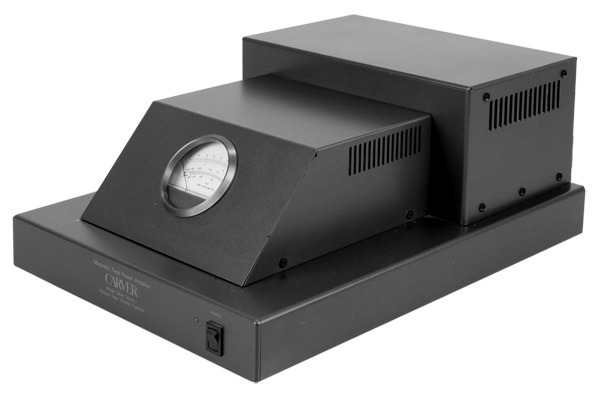MAB
Major Contributor
Agreed.I fully take your point, which is a good one. However, it needs to be kept in mind that there is likely to be a very significant amplifier–loudspeaker interaction process going on with the selected amplifier, let alone the loudspeaker–room interaction one. The latter is enough to make a suggestion for any particular loudspeaker fraught with difficulty. Add the former into the mix and the result is a quite foggy situation. The various posts have tried to reflect on this situation in order to aid the OP in his quest for good sound.
Another point that that is missed in the enthusiasm to pair tubes and horns is nobody seems to be able to make a tube amp with a low noise floor anymore, this amp is no different. OP, read John Atkinson's measurements, specifically the power supply noise. High efficiency + noise = bad sound.
Back to OP's original question.
OP ordered a $4800 amp and has a $200 and a $600 speaker that they are considering with max budget of $2000. OP said they like the sound of
And, since the amp is 'ordered', I suggest that the amp be returned, starting over with the speakers that have the sound the OP wants.
Sorry if I sound aggressive! I do want OP to get a nice pair of speakers, the amp got in the way.
Last edited:






